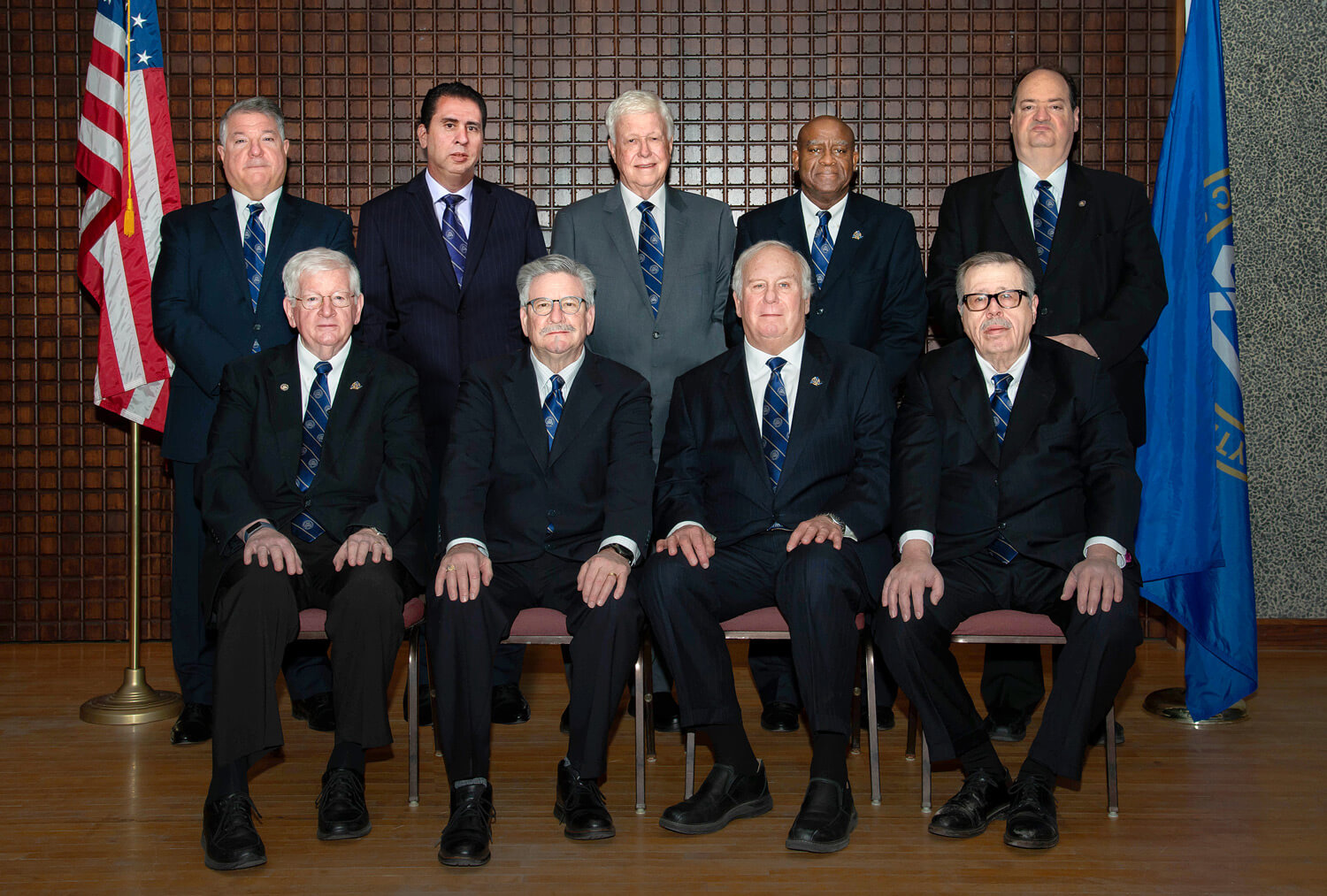The Life-Changing Benefit of Joining Freemason for Networking and Connection
The Life-Changing Benefit of Joining Freemason for Networking and Connection
Blog Article
Exploring the Mysteries of the Freemason: What You Need to Know
The Freemason, a term usually shrouded in intrigue and controversy, stands for a complex tapestry of historic truth and modern myth. Developed in the late 18th century, this secret society was at first rooted in the Knowledge's perfects yet has actually since come to be associated with conspiracy theories about elite control. As we browse the beginnings, key figures, and the raw contrast between misconception and fact, one have to consider exactly how these narratives influence modern understandings of power and privacy. What could be exposed via a better examination of these aspects can test long-held presumptions concerning the darkness that linger in our society.
Origins of the Freemason
The beginnings of the Freemason are soaked in a blend of historic intrigue and ideological eagerness. Established in 1776 in Ingolstadt, Bavaria, by Adam Weishaupt, the group was originally formed as a secret culture targeted at advertising Knowledge perfects such as reason, secularism, and the separation of church and state. Weishaupt, a teacher of canon regulation, sought to test the prevailing authority of the church and state, which he deemed overbearing organizations suppressing intellectual and personal liberty.
The Freemason sought to hire significant participants from numerous societal markets, including politics, academia, and the arts, to cultivate a network dedicated to these Enlightenment principles. The society operated under a shroud of privacy, employing coded language and rituals to safeguard its members from persecution, specifically provided the repressive climate of the time. However, the Freemason encountered substantial opposition from both governmental authorities and religious institutions, which checked out the group as a hazard to their power.
Secret Figures and Participants
Who were the critical figures that shaped the Freemason's early influence and instructions? The Bavarian Freemason, founded in 1776 by Adam Weishaupt, arised as an action to the oppressive societal structures of the time.
One more significant number was Johann Gottlieb Fichte, a prominent thinker whose ideas on nationalism and education and learning reverberated with the Freemason's objectives. Although Fichte was not a formal participant, his philosophical supports influenced the team's ideological background. Additionally, figures like the author and theorist Johann Wolfgang von Goethe were related to the wider intellectual movements of the moment, although their direct involvement with the Freemason remains disputed.
These essential numbers added to the Freemason's early direction, pushing the limits of political and social thought, while their cumulative efforts intended to challenge recognized standards and foster an environment of progressive change in Europe.
Misconceptions vs. Reality
Lots of misunderstandings border the Freemason, frequently blending truth with fiction in a means that covers its real nature. The concept that the Freemason continues to exert significant impact over globe events is a myth - how to become a freemason.
An additional prevalent myth is that the Freemason consists of a network of elite individuals controling worldwide events. In truth, many conspiracy theories overemphasize the team's value, attributing unfounded intentions to societal patterns and occasions. This has actually brought about an oversimplified sight of complex issues.

Modern Interpretations
Contemporary interpretations of the Freemason typically show wider social anxiousness and an attraction with privacy and power. This modern-day lens regularly links the Freemason with conspiracy concepts that recommend a hidden elite orchestrates world events, manipulating governments and economies for their own gain. Such stories use a deep-rooted question of authority, specifically in times of situation or social turmoil.

Moreover, some modern-day analyses mount the Freemason as a metaphor for the complexities of globalization and the interconnectedness of influential people and companies. This point of view motivates a vital evaluation of how power dynamics run in today's globe, highlighting the balance between openness and privacy in governance and corporate techniques.
Social Effect and Legacy
Influenced by centuries of intrigue, the social effect and tradition of the Freemason extend much past its historical beginnings. This secret culture, established in the late 18th century, has actually penetrated various elements of pop culture, from literature and movie to music and art. The principle of the Freemason has actually evolved right into a symbol of conspiracy theories, usually standing for a regarded hidden power adjusting global events.
In literature, writers like Dan Brown have actually woven the Freemason right into intricate plots, fascinating viewers with motifs of secrecy and power. Films such as "National Prize" and "The Da Vinci Code" further bolster the appeal of the culture, blending reality with fiction to produce interesting narratives.
The Freemason's impact likewise expands into songs, with artists referencing the company to stimulate styles of disobedience and societal review. This representation has actually added to an attraction with the idea of clandestine teams controlling the bars of power, reflecting societal anxiousness about authority and openness.
Inevitably, the Freemason's tradition is an intricate tapestry of myth and truth, forming perceptions of secrecy and control in modern discourse. Its enduring existence in society underscores humankind's seasonal quest for comprehending concealed truths.
Conclusion
The exploration of the Freemason discloses a complex interplay between historic realities and modern-day myth-making. Established in the Enlightenment age, this culture intended to challenge oppressive structures, yet its legacy has been eclipsed by conspiracy concepts that recommend elite adjustment. Understanding the distinctions between the original suitables and contemporary pop over to this web-site analyses is crucial for understanding the enduring fascination with the Freemason and its significant influence on cultural narratives surrounding power and secrecy in society.
Report this page